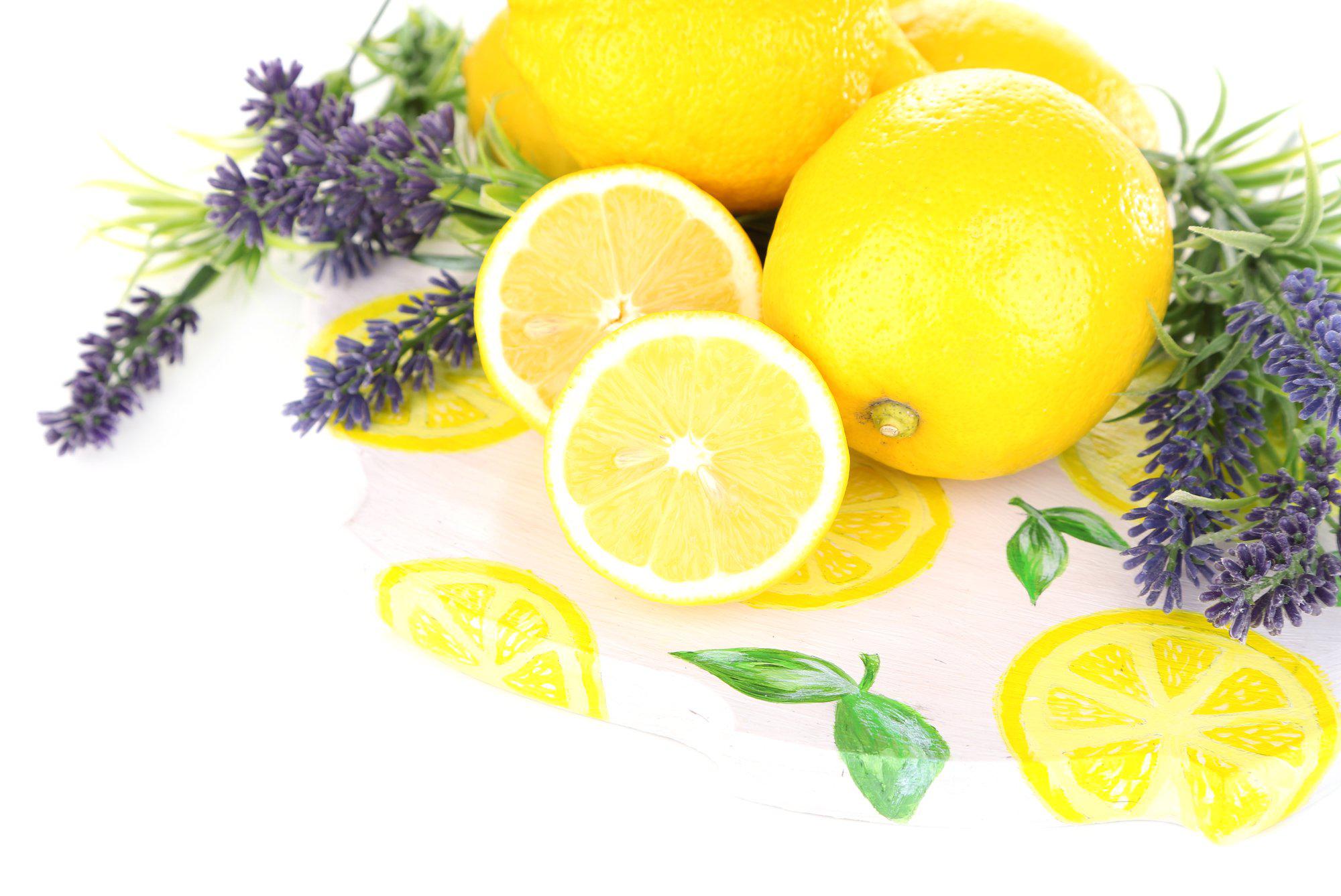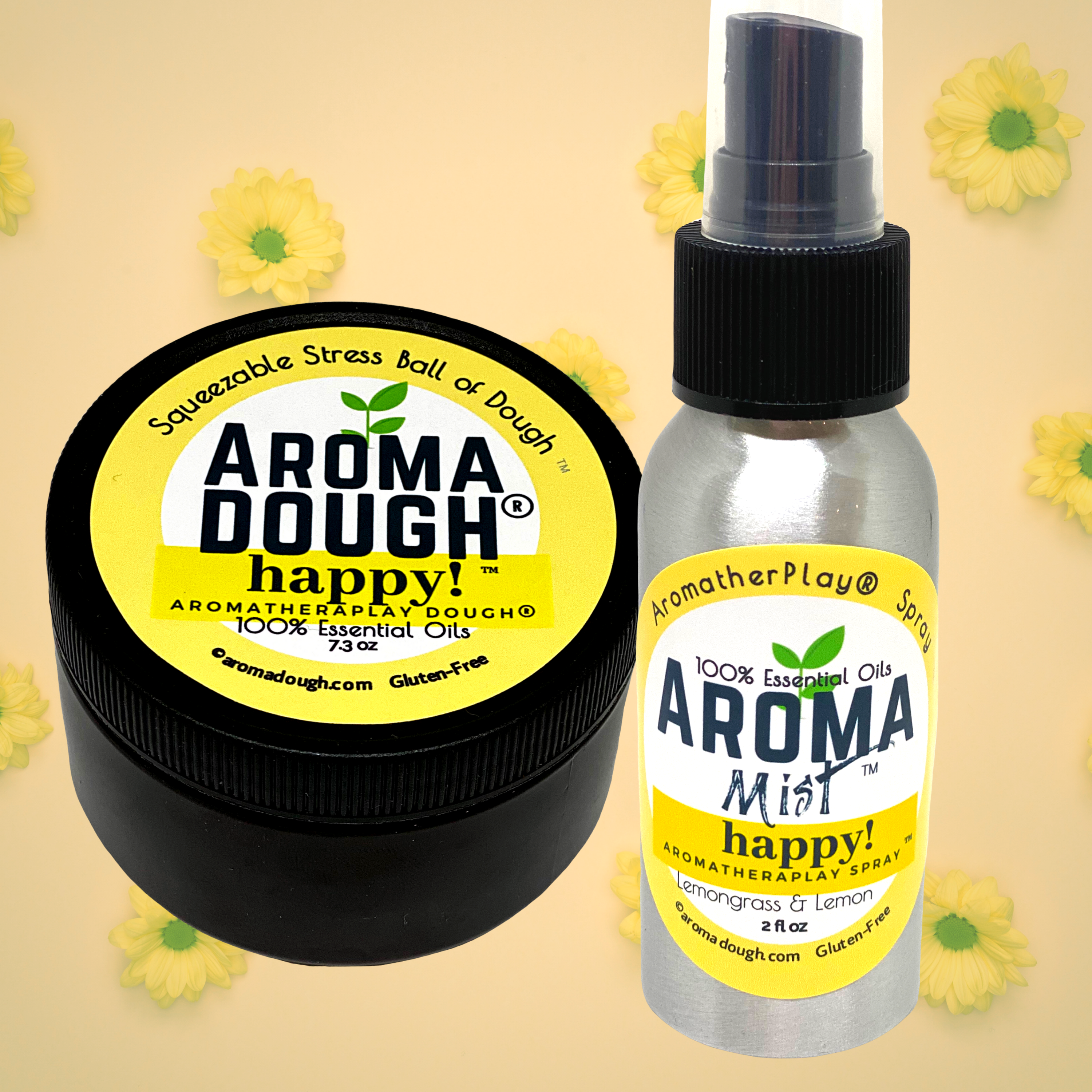
l0 Commentsl By by Diane Scott
Lavender Fields
If French is the language of love, then French Lavender is love’s essence.
Essential oils are distilled to contain concentrated, powerful yields of a plant. Lavender is one of the most versatile essential oils to choose from. For instance, Lavender essential oil can be used as a natural insect repellant, added as a synergistic blend with other oils, or alone in a diffuser to fill up the room for a mid-day pick me up.
There are some to pick from: from organic, to 100% natural, and even different parts of the plant to pick from in the oil.
How do you choose what kind of lavender essential oil is right for your needs? The options can be confusing if you are unfamiliar with the terms. Today, we will learn about what to look for in an essential oil, whether it is organic or non-GMO.
When looking for an essential oil, there are different grades or qualities to choose from. You might notice a few different labels. Guides and certifications such as “100% natural”, organic, and non-GMO are ideal. Usually, products with additives are listed in the ingredients list.
But there are many terms that can be grouped under vague terms, such as “natural fragrance”. In some instances, crushed bugs may be found in “natural food coloring”! Wow! Is that the kind of natural you imagined? There is some difference between what is listed on the label. If knowledge is power, let’s find out more:
“Therapeutic grade” oils are oils intended for therapeutic use. Aromatherapy has the goal of alleviating a symptom, or improving wellness. However, “therapeutic” is a more of a marketing term. There are no official regulations of when an oil may or may not use this term for products, but it is usually understood that “therapeutic grade” oils are intended for aromatherapy. Typically, an oil is thought to be therapeutic grade when it follows excellent standards from a trusted source.
An oil may be natural, yet also be a blend. Blended oils come from more than one source. Pure 100% oils that are therapeutic grade are not usually blends. An example of a blended oil would be two types of lavender blended into one bottle. For example, a batch of Romanian lavender and a batch of French lavender do not come from the same source, but might be blended together in a single container for sale. The result is good and useful, but blends are not regarded to be as pure as a single-source oil. Blended oils may still provide benefits for aromatherapy uses.
When an essential oil is 100% pure oil, you can expect a few things. First, we know that it does not contain any artificial additives. Benzaldehyde, benzyl acetate, and propylene glycol are examples of common, toxic additives. Various fragrance, or stabilizers fall into the artificial additives category, too.
Common chemicals can cause adverse reactions and must be looked out for when using aromatherapy. They can clog pores, prevent the skin from breathing, and prevent natural processes such as digestion.
Some additives can be toxic or trigger a sensitive case, such as nut-based stabilizers for a child with nut allergies, wheat-based additives for a child with Celiac’s; or complex toxins for a child with ADHD. Compound health issues create compound special needs. Often, a child may have more than one health sensitivity.
Children enjoy playing with Aroma Dough because it is exciting, portable, and safe. The wide range of colors provide a palette you can sink your hands into including naturally scented, unscented and a range of natural plant based colors as well as brighter food based colors.
That is why you can make a safe choice with Aroma Dough. It is free from shellfish, nuts, dairy, and artificial dyes. Our commitment to quality ingredients started at home, and now it is our dream to pass our found joy on to you.
Importantly, we absorb through what we eat, what we drink, what we breathe and what we put on our skin. Our skin is our third kidney. It is the largest organ of the body, and we must pay special attention to what we put on it. Toys, paints and doughs are in contact with bare skin. This is why Aroma Dough aromatherapy natural dough is the safest, best choice for playtime.






